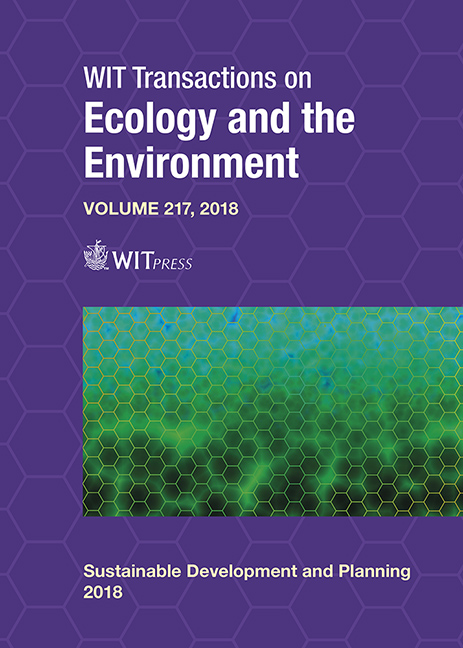INTEGRAL LANDSCAPE PLANNING IN THE NETHERLANDS: LESSONS LEARNED FROM THE INTENTIONS AND CONSEQUENCES
Price
Free (open access)
Transaction
Volume
217
Pages
12
Page Range
269 - 280
Published
2018
Size
772 kb
Paper DOI
10.2495/SDP180251
Copyright
WIT Press
Author(s)
ALEXANDRA TISMA, JOHAN MEIJER
Abstract
Landscape is considered an important element in the long history of spatial planning in The Netherlands. It has been seen as a common good, a living, dynamic heritage that needs to be taken into account when the scarce amount of space in this small country comes under pressure of multiple spatial claims. Therefore, a holistic approach is suggested, where landscape is considered as a setting in which the various “sectoral” actors should become aware of and respect other sectors to jointly improve the quality and sustainability of the areas in which they are located. Over the course of time, approaches to landscape planning in The Netherlands have changed from protection and conservation, through government-led development approach, to new forms of participative initiatives. Each of the policy styles has left remarkable traces on the landscape, with the National Ecological Network (EHS), State buffer zones and the Green Heart of the Randstad as the largest and best-known examples. This paper discusses various Dutch planning concepts and the lessons that can be learned from the past which could be useful for the future. The paper also connects these lessons to the latest ideas about integrated landscape planning as the most promising for future landscape development – not only in The Netherlands but also globally.
Keywords
integrated landscape management, landscape planning, spatial policy, Green Heart, sustainability





